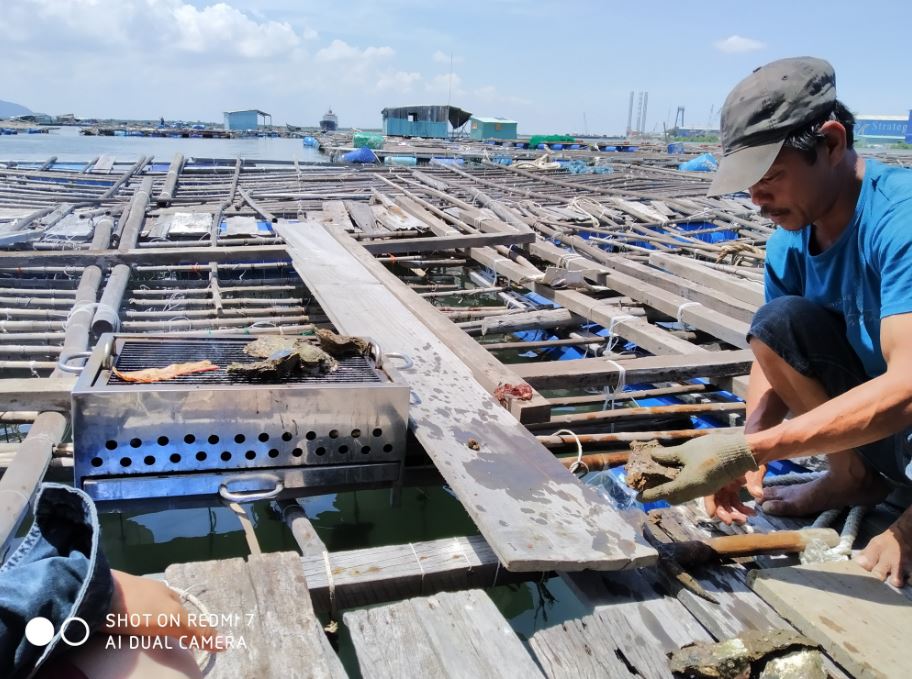WATER JETTING
BACKGROUND INFORMATION
The use of water jetting for cleaning surfaces has now become popular, eg car washing house drives and path cleaning. Within the construction industry its main use for the demolition of concrete structures. All types of water jetting present hazards to both operators of the equipment and others. The higher water pressures required by the construction industry to cut through concrete and similar materials results in greater hazards and risks with the possible consequence of maiming or death of persons if precautions are not put in place and maintained.

HAZARDS
- Operator or others being struck by the water jet
- Operator or others being struck by material flying that is removed by the water jet, eg broken concrete, aggregate
- Operator or others being struck by water jet from failed seal on equipment
- Operator being over balanced and falling by not having a suitable stance to resist pressure reaction from gun/lance
- Operator losing control of gun/lance through fatigue
- Slips due to wet floor surfaces

HEALTH AND SAFETY POINTS
- Only persons holding a certificate of competency are to operate high pressure water jetting equipment. Persons being trained for competency must be closely supervised
- Operator must have second man who can observe him constantly so that if an emergency arises the high pressure water pump can be shut off immediately
- Operators must wear full protective equipment at all times, that protects the head, face, hearing and body, hand and foot protection. This is specified equipment for this type of work including wellingtons with top of foot protection
- Before commencing work ensure work area barriers, warning notices and screens/debris netting, to prevent flying materials, are in position
- Check that equipment is in good safe working order. Do not operate with leaks
- Check that all pressure has been released from equipment before attempting any adjustments to the equipment, eg tightening leaking joints
- Check that by-pass safety cut-outs and control valves are working correctly
- Use the correct size nozzles, replace worn or damaged nozzles
- Only use manufacturers recommended fittings
- Increase pressure slowly until operating pressure is reached
- Operate at the lowest pressures that are adequate for the work so that the effort required by the operator to control the gun/lance is kept to a minimum
- Do not leave equipment running unattended, isolate pumps, release all pressure from the systems including gun/lance
- Work as a team, rotate team members to minimize individuals fatigue
- Do not operate gun/lance with control lever tied or wedged in the on position. Hand pressure must only be used, the control lever being a “Dead Mans” control
- Stop work if unauthorized person enters work area
QUSTION TIME
- Which two persons can operate high pressure jetting equipment?
- What is the least number of persons that are required for safe working using guns/lances?
- A joint on the water line to the gun/lance starts to leak, what do you do?
SAFETY REMINDER
Never tie or wedge the control lever of the gun/lance. Operator take up a stable, safe stance before starting work. Check that water courses etc will not be polluted by the water run off. The Environmental Agency may have to be consulted.
